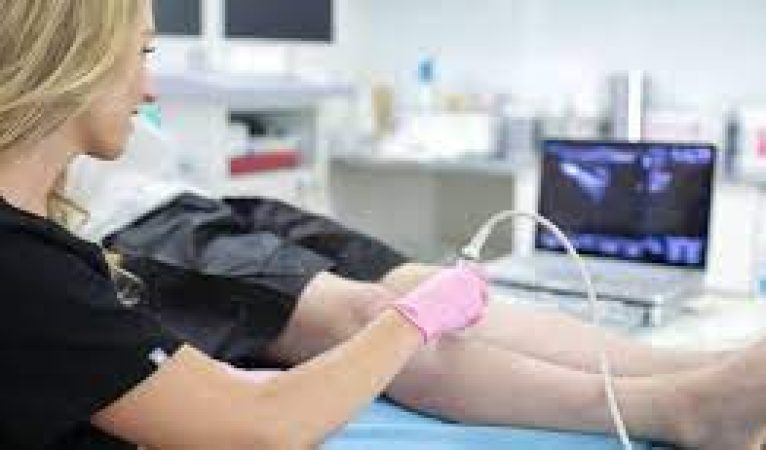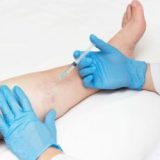What Are Minimally Invasive Techniques To Treat Deep Vein Thrombosis In New York?

Even the thought of dealing with deep vein thrombosis (DVT) can be frightening, but advances in medical research have provided fresh hope through minimally invasive methods. These novel therapies provide gentler techniques for treating DVT, lowering discomfort and recovery time. This article will provide you with the answer to the question of what is the treatment for varicose veins and look at these cutting-edge treatments and how they are changing the way deep vein thrombosis is treated, so read this article till the very end to be amazed by the effectiveness of minimally invasive techniques in treating this ailment.
Understanding Deep Vein Thrombosis
Deep vein thrombosis happens when a blood clot develops in the body’s deep veins, most often in the legs. These clots are potentially deadly because they can break loose and move to other regions of the body, creating major consequences. The goal of minimally invasive procedures is to eliminate or break these clots of blood while causing the least amount of harm to surrounding tissue.
Catheter-Directed Thrombolysis
Catheter-directed thrombolysis is a pioneering, less invasive approach for treating DVT. A tiny tube termed a catheter is placed into the afflicted vein during this surgery. Medication is administered directly into the blood clot via the catheter, splitting it apart and restoring the regular flow of blood. This method lowers the requirement for surgical procedures and encourages speedier recovery.
Mechanical Thrombectomy
Mechanical thrombectomy is a different type of therapy used to treat DVT. A specialized instrument is introduced into the vein to physically remove the blood clot during this surgery. The gadget can break up the clot or vacuum it out of the damaged location, restoring blood flow. Mechanical thrombectomy is a less intrusive alternative to typical surgical procedures, resulting in faster recovery and a lower risk of complications.
Angioplasty and Stenting
In situations when DVT has caused vein constriction or blockage, angioplasty and stenting may be utilized. A balloon-like device is used to enlarge the constricted segment of the vein, while a stent, which is a thin mesh tube, is implanted to keep the vein open. This approach aids in the improvement of blood flow and the relief of DVT symptoms. Small incisions are used, resulting in less damage to the body and a speedier recovery.
Compression Stockings and Medications
Compression stockings and medicines, along with these minimally invasive techniques, play a significant role in DVT management. Compression stockings enhance the flow of blood in the legs, avoiding the development of clots and lowering edema. Blood thinners, for example, are routinely recommended medications to stop the formation of clots in the blood and reduce the risk of problems.
To Sum It Up
This article has answered the question What Kind of Doctor is a Vein Specialist and guided you with many minimally invasive approaches that are transforming the field of deep vein thrombosis therapy because of advances in medical research. Catheter-directed thrombolysis, mechanical thrombectomy, angioplasty with stenting, as well as compression stockings, and medicines, are all mild treatments for DVT. These novel techniques lessen pain, promote quicker healing, and lower the risk of problems associated with standard open surgery. If you are suffering from deep vein thrombosis, speak with a healthcare practitioner about these cutting-edge techniques and the best treatment strategy for your situation.




